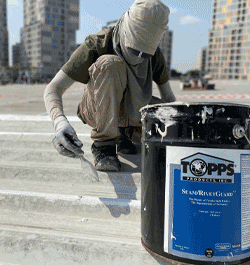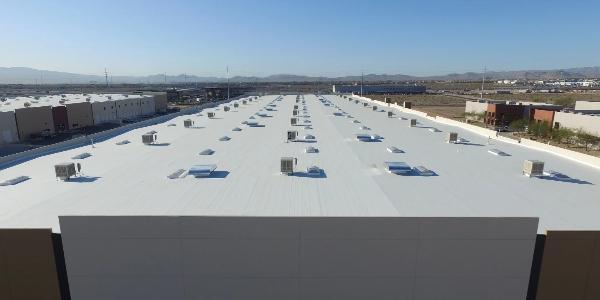UP TO THE MINUTE
Strategies for success when preventing profit fade

By John Kenney, Cotney Consulting Group.
Mitigating profit fade in roofing projects.
Profit fade is a persistent challenge in the roofing industry, exacerbated by fluctuating material costs and intense competition. It occurs when the profits anticipated at the beginning of a project dwindle by its completion, often due to unforeseen complications or mismanagement. This article explores the dynamics of profit fade and provides actionable strategies to prevent its detrimental impact on your bottom line.
Understanding profit fade
Profit fade typically occurs when initial project calculations fail to align with the outcomes. This misalignment can be attributed to various factors, including unexpected material price hikes, inaccurate estimates, subpar subcontractor performance or unforeseen changes that are not billable. Even factors as unpredictable as weather conditions can lead to profit fade if adequate contingency plans are not in place.
Causes of profit fade
- Inaccurate initial estimates: Early cost estimations that are too optimistic can lead to aggressive bidding, resulting in under-preparedness for actual costs and job delays.
- Change orders: While change orders are common in construction projects, they can become costly if not managed properly. Allowing clients to finalize all project details upfront can mitigate costly mid-project changes.
- Poor project management: Inadequate oversight and management can lead to inefficiencies and increased costs that affect projected profits.
Strategies to prevent profit fade
- Robust estimation processes:
- Enhance your estimation procedures to ensure all potential costs are accounted for, including labor, materials and allowances for unexpected delays like bad weather.
- Regularly review and adjust your estimation methods to align them with current market conditions and project realities.
- Comprehensive review and monitoring:
- Implement a rigorous review process that involves cross-checking estimates against actual project outcomes to identify and address discrepancies.
- Monitor project progress closely in collaboration with project managers and accountants to adapt quickly to any issues that might arise.
- Strategic project management:
- Employ experienced project managers and general contractors who can accurately forecast expenses and manage projects efficiently.
- Keep an open line of communication with your project team to facilitate the timely identification and implementation of cost-saving measures.
- Advanced planning for change orders:
- Before any additional work is approved, develop a clear process for handling change orders, including detailed client consultations and formal agreements.
- Charge appropriately for change orders to cover the extra administrative work and potential delays they may cause.
- Use of analytical tools:
- Conduct gain-fade analyses regularly. This involves reviewing your work-in-progress schedules to assess profitability and identify trends in gross profit fluctuations over time.
- Such analyses help pinpoint where adjustments are needed and support better forecasting and project management practices.
- External expertise:
- If internal review processes are inadequate, consider consulting with third-party experts specializing in risk assessment and project evaluation to enhance your understanding of potential threats.
Implementing effective controls
- Regular training and development: Equip your team with the skills needed to identify and mitigate risks associated with profit fade. Regular training sessions on the latest industry practices and economic conditions can be invaluable.
- Legal and financial safeguards: Establish legally binding agreements and maintain meticulous financial records to safeguard against unforeseen liabilities that could impact profitability.
- Transparent client communications: Maintain clear and ongoing communication with clients regarding potential project scope or cost changes, ensuring all parties have realistic expectations about outcomes.
Conclusion
Effectively managing profit fade involves a combination of accurate forecasting, meticulous project management and strategic use of analytical tools. By understanding the root causes and implementing robust control measures, roofing contractors can safeguard their projects against unexpected financial setbacks, ensuring sustained profitability and client satisfaction. Remember, proactive management and continuous process improvement are key to mitigating the risks associated with profit fade in the dynamic roofing industry.
Learn more about Cotney Consulting Group in their Coffee Shop Directory or visit www.cotneyconsulting.com.




















Comments
Leave a Reply
Have an account? Login to leave a comment!
Sign In